East Asia and Central Asia form two major regions of the Asian subcontinent and both include Chinese territory. They can be broken down into a total of seven distinct sub-regions. East Asia consists of Manchuria, North and South China, plus the intervening dividing line around the Central Chinese Mountain Belt, while Central Asia is formed from the Tibetan Plateau, the Mongolian Plateau and the basin area surrounded by a ring of mountains.
The extremes of temperature with cold, dry, almost polar winters and hot humid summers, typical of a continental climate, mark out this region which is bordered by the Lesser Xingan Range, the Amur river valley and the Russian frontierto the north, by Sinian mountain ranges which separate Manchuria from Korea in the east and from lowland China in the south-west.
Manchuria itself can be divided into three independent regions: the most important being lowland Manchuria with the Songhua plain and the thinly populated, barren sandy steppes of the Eastern Gobi to the north but in the south the lowlands have been transformed by man from wooded steppe to intensively farmed arable land. Typical features include loess and alluvial river deposits. Cereals such as soya, wheat, oats, barley and maize are grown intensively while further south sugar cane, cotton and groundnuts are cultivated.
On the western side of the lowland region, the Greater Xingan Range step fault dominates the landscape to the east of the Mongolian basin.
The peaks on this mountain range reach 1500-2034m/4900-6650ft.
The bedrock of ancient crystalline blocks is frequently superimposed by coverings of young basalt. The steep faces on the eastern side receive sufficient precipitation from the Pacific airflows to encourage the growth of dense deciduous vegetation – a forested mountain area which extends northward gradually becoming Siberian pine forest subject to extremes of cold in the winter.
The east Manchurian mountain woodlands are rich in minerals. Superimposed on the folded rock formations are horizontal, Palaeozoic layers of sediment and Tertiary igneous basalt, but it is the rich iron ore and non-ferrous deposits, as well as the coal in the Anshan/Fushun coalfields, which form the basis of the region’s well-developed heavy industry.
East Asia North-east China Manchuria Photo Gallery
Topographical divisions
Maybe You Like Them Too
- The Best Cities To Visit in The World
- World’s 10 Best Places To Visit
- Coolest Countries in the World to Visit
- Travel to Santorini, Greece
- Map of Barbados – Holiday in Barbados

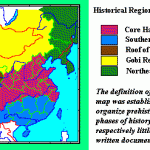
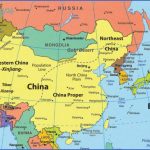
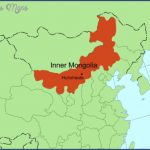
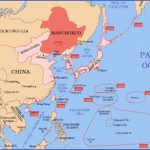
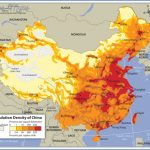
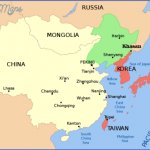
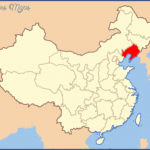
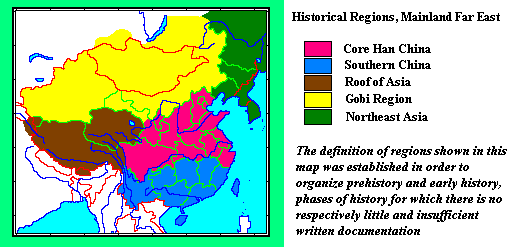
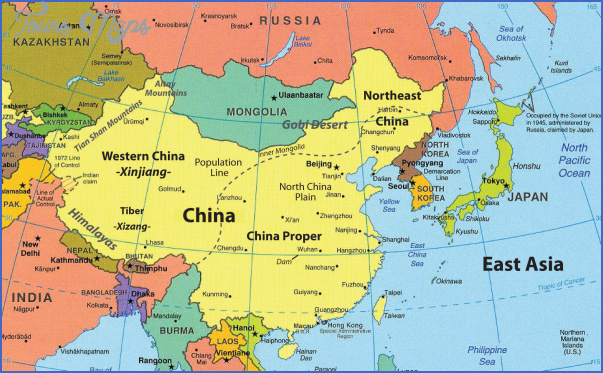
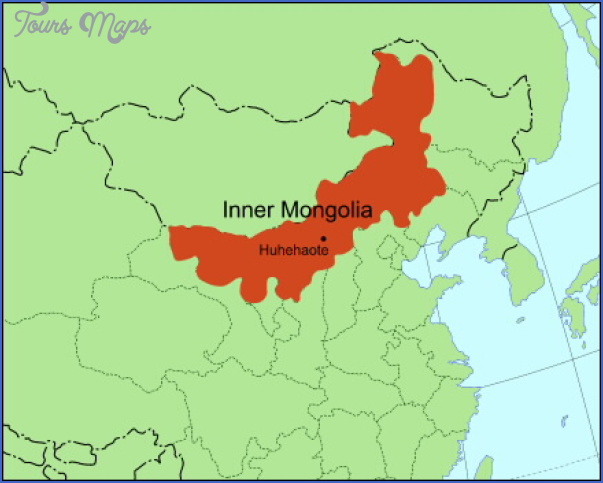

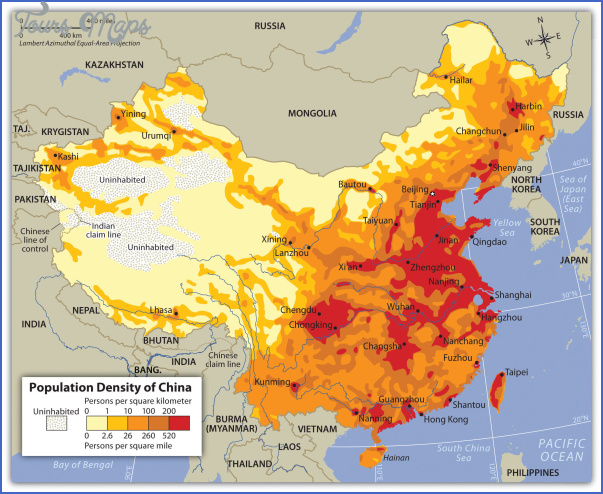
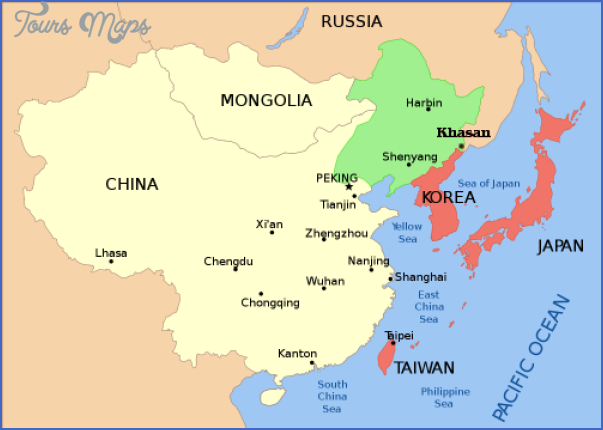
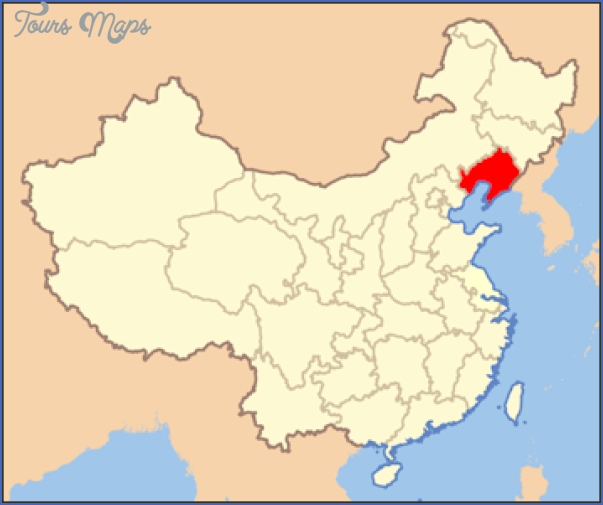
tibet